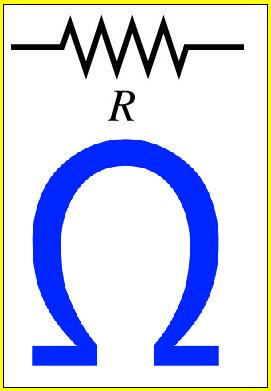If you’ve played enough different soprano saxophones, you already know that they can be very different, one to the next, in how they “speak” : how the sound is created. Some speak easily over the entire range; others speak one way down low and another way up high. These can be subtle things but sometimes they can be very stark. This “case” goes on the “stark” spectrum.
A client had a beautiful soprano saxophone by a now-defunct but well known and well respected German saxophone company. I’ve known a couple of great players who have been devoted to this brand, which says something about the horns. But this client had a soprano which, regardless of what he would do, would virtually not speak in the left hand palm keys. Starting with highD, the sound would virtually disappear and the indistinct sound left was an octave low. The same was true right through high F.
Now, usually a mouthpiece can be set up to promote those notes to speak more fully, and I did that for this client. I could get the D, Eb and E to speak somewhat better, but still not fully, and F was impossible still. I was using small chambered mouthpieces, such as the classic Selmer metal, and while it improved the response, it was still unsatisfactory.
Now, I was looking at one of my own sopranos on the stand, my Selmer Seroie III, when I had an idea. I knew that the Selmer III would be very recalcitrant in the low end if the mouthpiece was not pushed VERY far onto the neck. It is one of the known qualities of the Selmer III and not a problem, just a particular aspect.
So, I grabbed the client’s German horn, jammed the Selmer metal mouthpiece as far onto the cork as it would go, and played.
And, incredibly, the top end just sang out with a beautiful sound, full and mighty. And so did the rest of the horn.
But there was a problem: the entire horn was now a semitone sharp, in tune with itself but completely sharp. I gently pulled the mouthpiece out to see if I could bring it into tune and, when I did, the top end again disappeared.
The only conclusion I could imagine is that the tone holes for the palm keys were just placed incorrectly; perhaps all the tone holes were incorrect. I am no horn tech and I actually don’t spend too much time on such matters, but I came away KNOWING that there are horns out there that are just odd. But this one was the oddest one I’d come across.
One aside: This German horn was ornately engraved and stunning to look at. It made me think that, perhaps, some manufacturers might take their lemons, dress them up and sell them anyway. I can say that two of the worst vintage Conn sopranos I ever played were both gold plated and very ornately engraved. Makes me wonder…….







